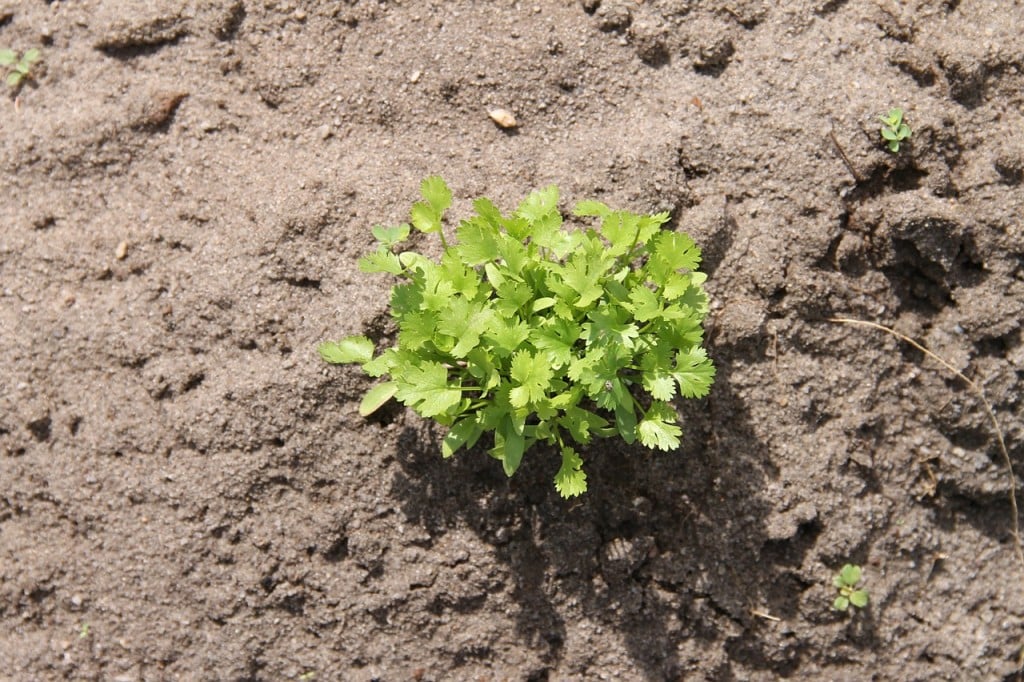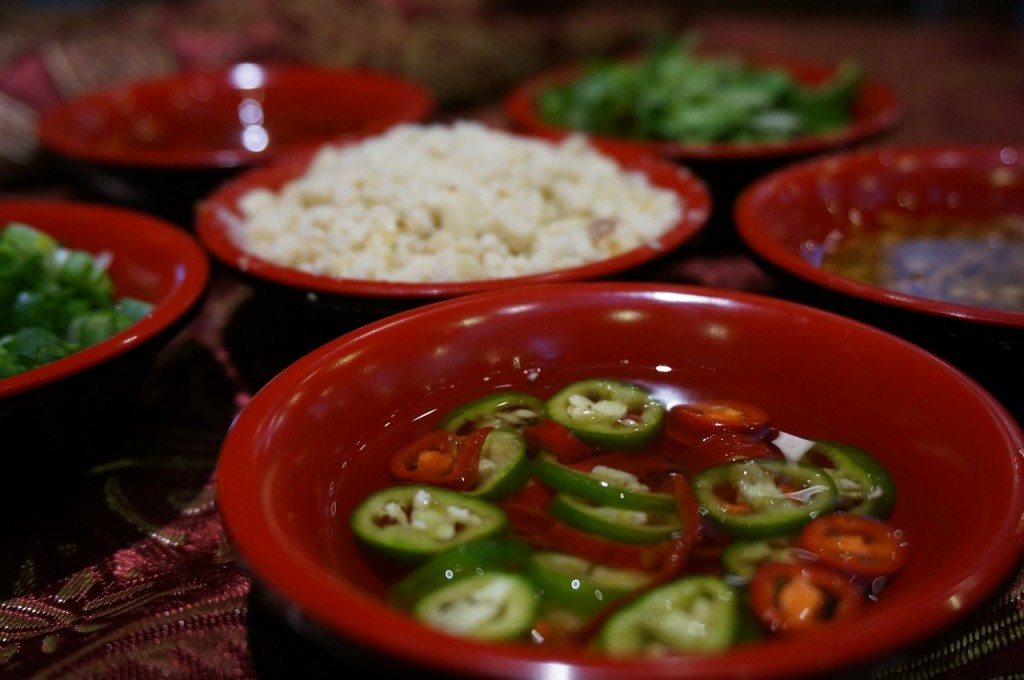
This parsley-like herb has a distinctive flavour and aroma all its own.
Try it with curries and other Asian dishes or add a few leaves to fresh green salads to give them a twist.
Of course also an essential ingredient of the ever-popular carrot and coriander soup. Both the leaves and seeds are useful in the kitchen.
Growing tips
This tender annual herb prefers a very well-drained soil so avoid heavy clays or other cold, wet soils.
If your garden does tend to sit wet for long periods, grow your coriander in pots instead. Sow the large seeds where they are to grow in May so that the frosts are over by the time the seedlings are through and protect them with a cloche for the first few weeks. Sowing should be delayed by two to four weeks in colder areas.
Alternatively sow one seed into each cell of a cell tray and transplant into the soil or pots once the plants are well established, but before they become pot bound.
For the best possible start either keep the trays in a heated propagator set to 15C (60F) or place on a warm windowsill.
Any check in growth will cause plants to bolt (flower prematurely).
Plants grow to 60cm-90cm (2-3ft) including the attractive wispy white flowerhead and once the seedheads are nearly ripe they can be cut and popped into a paper bag to dry fully.
Coriander is short-lived and once it has flowered and set seeds will die. It‘s a good idea therefore to sow regularly – every three to four weeks – if you want fresh supplies throughout the summer.
Growing in pots

Delicate-looking coriander is ideal for pots providing that the compost is not allowed to dry out too much.
Check regularly during the summer and top up as necessary.
The seeds could be sown directly into the container in which they are to grow, but will be easier to take care of in the early stages if sown into cell trays and planted once well established.
Feed three weeks after potting using a liquid fertiliser and at 10-14 day intervals until the seeds start to ripen.
Some staking may be required to prevent the delicate stems from being bent in the wind, especially once the flowerheads have formed.
Top Tip
Coriander has been used for centuries to provide everything from a preservative for meat to immortality! However it certainly is good for promoting digestion and stimulating the appetite. Also as a mild sedative.



